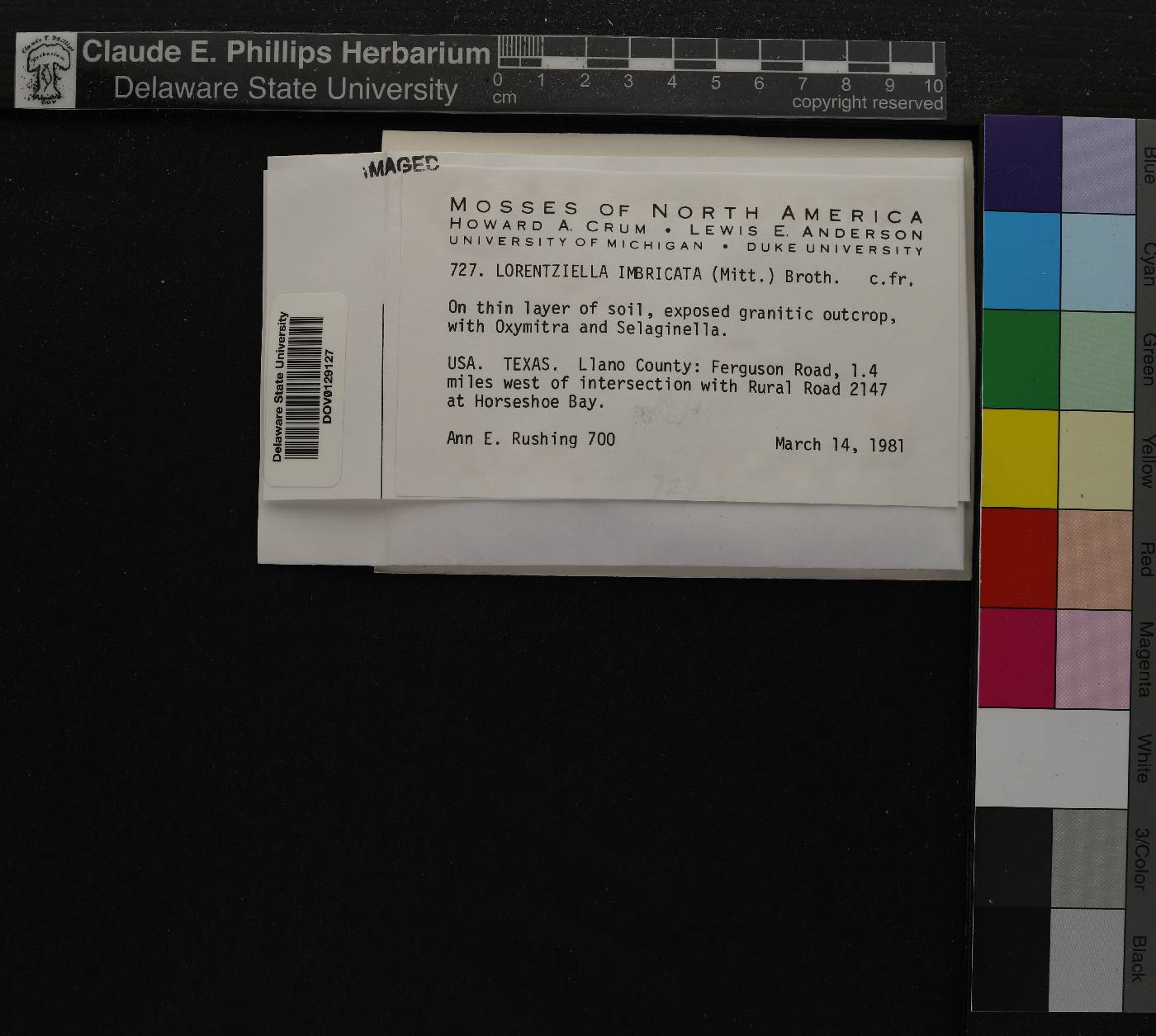Gigaspermaceae
|
Gigaspermaceae |
|
|
Plants minute, with upright branches arising from pale, fleshy, subterranean, aphyllous stems. Leaves crowded distally, broadly concave, ovate, elliptic to obovate costa single or absent; cell walls of lamina often thickened at corners. Sexual condition paroicous [synoicous, or occasionally dioicous]. Seta short to moderately elongate. Capsule globose or hemispheric, commonly spongy or wrinkled, immersed or exserted, gymnostomous or cleistocarpous. Calyptra very small, conic [mitrate], fugacious. The major defining feature of Gigaspermaceae is the fleshy, underground stem from which short gametophore branches are produced in abundance. Sporophyte features differentiate the six, mostly monotypic genera, Chamaebryum Thériot & Dixon in South Africa, Costesia Thériot in South America, Gigaspermum Lindberg in Mexico, South Africa, Australia, and Pacific Islands (New Zealand), Lorentziella in southern United States and South America, Neosharpiella H. Robinson & Delgadillo in Mexico and South America, and Oedipodiella Dixon in South Africa.
|
|
